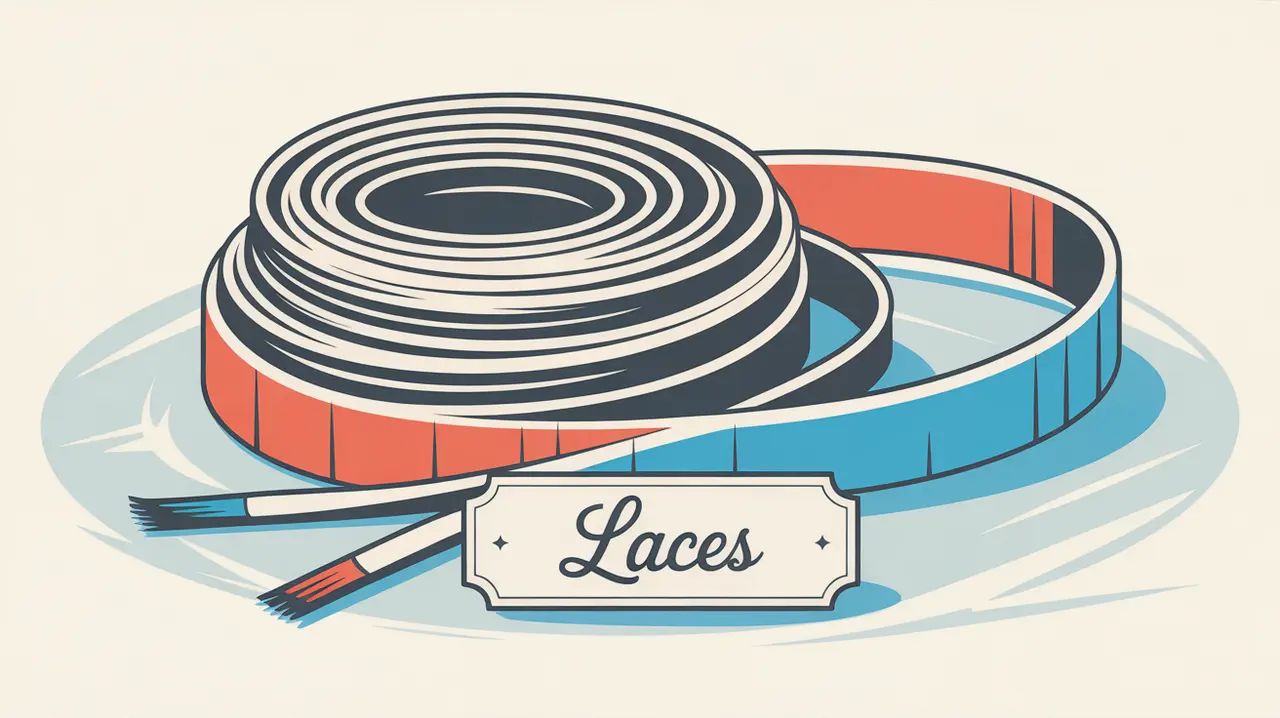Jim’s Intro to Laces
Hi folks, Jim here, the only commentator who accidentally tied the laces of his two skates together in the locker room. Let’s just say, I’m super thankful that the floors were padded.
What are laces?
Laces are the simple but essential threads that keep skates locked onto a player’s feet. They secure the boot around the foot and ankle, shaping how the skate feels and performs. A good pair of laces provides the right mix of tightness, durability, and responsiveness, turning stiff boots into precise extensions of a player’s stride. Without them, even the best skates won’t give proper support or control.
How do they work?
Laces pull the skate’s eyelets together, tightening the boot around the foot to create a snug, secure fit.
- Tension: Adjusting how tightly each section is laced controls ankle flex, heel lock, and overall responsiveness.
- Friction and Grip: Waxed laces hold their tension better and resist loosening, while unwaxed laces allow for easier adjustments.
- Durability: Strong fibers and reinforced tips keep laces from fraying, snapping, or slipping under pressure.
- Customization: Players often vary tightness through the forefoot, mid-boot, and top eyelets to balance comfort and performance.
When laced properly, skates feel stable without cutting off circulation, giving players consistent control over their edges and stride.
How do you make good decisions with them?
Choosing the right laces comes down to type, length, and personal feel.
- Waxed vs. Unwaxed: Waxed laces stay tight longer and are great for players who like a firm, locked-in feel. Unwaxed offer more flexibility for quick loosening or mid-game tweaks.
- Length: Too short leaves you struggling to tie securely; too long flaps around and can get stepped on. Match length to skate size.
- Width and Material: Durable fibers and consistent weave prevent snapping or uneven stretching.
- Replacement Schedule: Don’t wait until they snap mid-game. Replace when fraying or stiffening becomes noticeable.
How do you master them?
Mastering laces is about developing a personal routine. Players learn exactly how tight they want each section and how to tie knots that hold under pressure. Some prefer double knots for security, others use specific lace-lock techniques to control ankle flex. Over time, tying skates becomes as instinctive as taping a stick.
What does it look like when done right?
A good lace job looks clean and balanced. There’s even tension from toe to top, no loose loops, and no excessive over-tightening that causes pain. Skates feel snug but not numb, and there’s no need for mid-game retightening.
Commentator’s Corner
Jim’s Take
I’ve seen players tie their skates like they’re cinching a corset, then wonder why their feet fall asleep by the second shift. Find the right balance.
Parent Tip
For younger players, help them learn a consistent lacing method early. Check for frayed or stiff laces regularly, and keep spares in the bag.
Player Tip
Experiment with different tension patterns until you find your ideal fit. The way you lace your skates has a direct impact on your stride and control.
A Final Thought
Laces may seem simple, but they’re the final touch that brings your skates to life. Get them right, and every stride feels locked in and ready to go.









